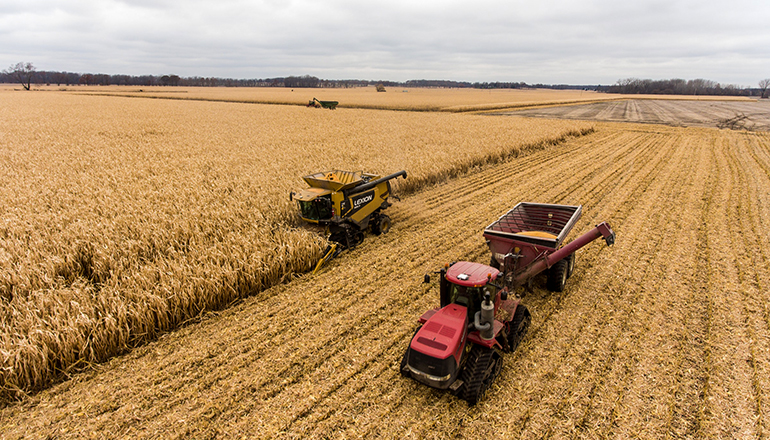(Missouri News Service – Mike Moen) – Farming trend researchers are poring over new federal data that only come around every five years. The latest information helps some organizations check the pulse of conservation efforts. This month, the USDA released the new Census of Agriculture. The initial reaction focused on the loss of farms around the country and consolidation within the industry.
Mike Lavender, policy director with the National Sustainable Agriculture Coalition, says there are also numbers detailing how much farmland is being used for climate-friendly practices. He noted there are some bright spots, but also room for opportunity. “Some of the data that we’re seeing within the census reinforces for us that in so many ways it is about access to programs within USDA or information – making sure that we can use all of those avenues to drive adoption in the way that we know there is demand for,” Lavender explained.
Conservation data examples include an increase in the use of no-till practices, while the number of farmers using rotational grazing is down. The agricultural industry faces pressure to improve soil health and reduce its carbon footprint under the threat of climate change. Between 2017 and 2022, Wisconsin farmers boosted key conservation work, including the planting of cover crops.
While the data are new, Lavender cautions the numbers don’t capture how farmers are responding to new incentives from the federal government. “This is certainly pre-Inflation Reduction Act investment data,” he said. “So, while this is, of course, accurate and really important to wrap our heads around – there’s even newer data that we’re getting from Inflation Reduction Act funding demand that it’s important to take into account.”
The IRA provided nearly $20 billion to bolster funding for popular conservation programs. The USDA reported that applications exceeded the extra funding that was set aside. Ag researchers have noted while there’s demand for these incentives, farmers have often faced barriers to being approved, with only one in four applicants being successful.
(Photo by Loren King on Unsplash)


